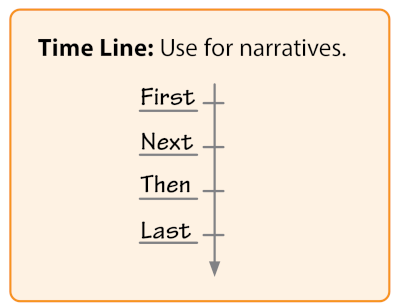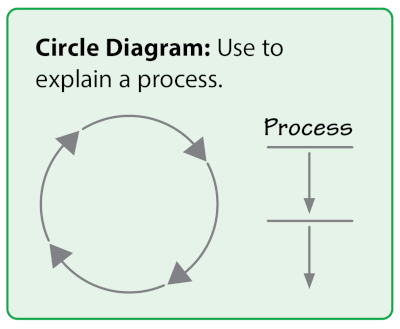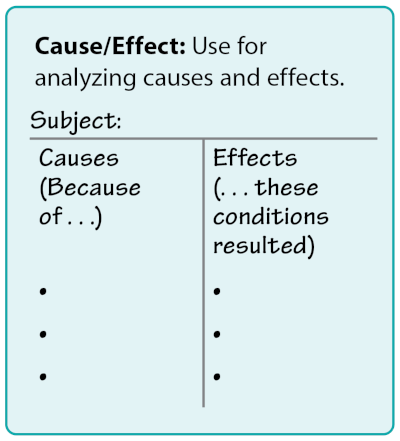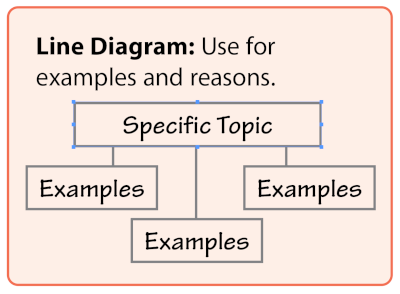Page 45
Focusing and Organizing

Writing puts the whole world in your hands. You can write about blue whales or The Titanic or anything else in the oceans. You can write about mountains or rainforests, about big cities and wide-open plains. Best of all, you can write about yourself and the other amazing people on our spinning world!
Once you’ve chosen a topic to write about, you need to focus your thoughts. Then you need to decide which details to use and in which order. At that point, you will be ready to write. This chapter will help you with all your planning.
What’s Ahead
WE 046
Page 46
Forming a Focus
A focus helps you know what to say about your topic. For example, if you were writing a paragraph about moving to a new city, you might write a focus statement about your hopes and fears.
When my family first moved to Rochester (topic), my heart was full of hopes and fears (focus).
Topic + Focus = Focus Statement
Sample Focus Statements
Persuasive Writing
The playground (topic) needs a new set of monkey bars (focus).
Our class (topic) should vote on the next president (focus).
Explanatory Writing
Dinosaurs (topic) had either bird hips or lizard hips (focus).
Leaves change color in the fall (topic) because the chlorophyll breaks down (focus).
Narrative Writing
When my brother went off to boot camp (topic), I decided to write him a letter every week (focus).
I made a friend (topic) in the funniest way possible (focus).
Tip Your focus statement becomes the topic sentence in a paragraph and the thesis statement in a formal essay.
WE 047
Page 47
Choosing a Pattern of Organization
Another part of planning is deciding how you will organize the details in your writing. Sometimes, a pattern of organization is built into the assignment. For example, if you are writing a narrative paragraph, you will organize your details by time. See more patterns below.
Time Order (chronological)
when sharing a story or explaining a process
first, second, third, next
Order of Location (spatial)
when describing people, places, and things
above, below, to the left, under, on, behind
Order by Examples
when identifying examples or types
one, also, another example
Cause-Effect Order
when explaining causes and effects
the main cause is, since, the main effect is, then
Comparison-Contrast
when comparing or contrasting two topics
in comparison, both, in contrast, despite, but
WE 048
Page 48
Arranging Your Details
The final part of planning is arranging the details in the proper order for writing. This should be fairly easy once you have selected a pattern of organization for your details. Listing and outlining are two common ways to arrange your details before you begin to actually write.
Listing
Listing works well for paragraphs and other shorter forms of writing. Simply write down the details in the order that you want them to appear in your writing.
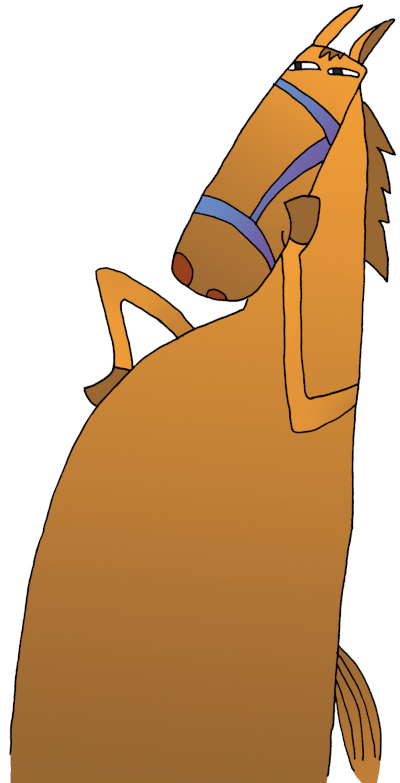
Focus Statement: Sitting Bull (topic) fought against U.S. forces in Lakota territories (focus).
dreamed of big military victory
defeated General Custer at Little Big Horn
escaped a huge force sent after him
worked in Buffalo Bill’s Wild West Show
was captured and killed in 1890
buried now in Lakota lands
Your listing may also follow a more specific pattern of organization:
Focus Statement: The string section of an orchestra has instruments from small to large:
Violin
Viola
Cello
Bass
WE 049
Page 49
Outlining
An outline works well for longer forms of writing like essays and reports. In an outline, ideas are listed from general to specific, with two or more ideas per level. If you have a I, you must have a II. If you have an A, you must have a B, and so on.
- A topic outline contains only words and phrases.
- A sentence outline contains complete sentences.
Sample Sentence Outline
Focus Statement: Green energy (topic) includes solar, wind, and wave (focus).
I. Solar energy converts sunlight into power.
A. Photo-electric panels on your roof can supply power for your house.
B. Big solar farms focus sunlight to boil water and run generators.
II. Windmills spin to turn wind into electricity.
A. Huge blades get pushed by the wind.
B. The blades turn a generator.
C. The generator rotates coils inside of strong magnets, creating electricity.
III. Wave farms make electricity using floats.
A. Buoys bob up and down to run generators.
B. Buoys can work together to gather energy from a series of waves.
Note A topic outline would look the same except that it would use phrases rather than sentences.
WE 050
Page 50
Using Graphic Organizers
You can also use any of the following graphic organizers to arrange your details for writing.
